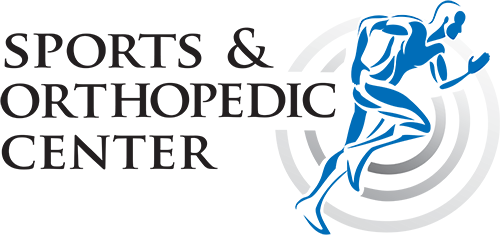BICEPS TENDONITIS – ARTHROSCOPIC REPAIR
Biceps Tendonitis is the inflammation of the biceps tendon, the tissue that connects the biceps muscle in your upper arm to the bones in the shoulder joint, allowing you to bend and rotate your arm. The condition causes pain in the upper arm and shoulder. It is more common in men in the age group of 40 to 60 years and occurs due to overuse of the arm and shoulder during many sports activities like tennis, baseball, weightlifting and kayaking where overhead movement is involved. It may also be associated with rotator cuff tears, arthritis or injury.
SYMPTOMS
A sudden, severe pain in the upper part of the arm or at the elbow is the most obvious symptom of a biceps tendon tear. Additionally, a popping sound or sensation may be experienced when the tendon tears. Other signs of a biceps tendon tear include:
- The appearance of a bruise on the upper arm
- Sharp pain in the shoulder or elbow
- Weakness in the shoulder or elbow
- Difficulty rotating your forearm with the elbow bent
- A change in the contour of the front of the arm
- A bulge in the arm
CAUSES OF BICEPS TENDONITIS
Biceps tendonitis is usually caused by normal wear and tear. It can be a problem for people who perform repetitive shoulder movements such as athletes participating in tennis, baseball or swimming. These activities can damage your shoulder’s tendon and can become red and swollen over time.
TREATMENTS
Initially, biceps injuries are treated without surgery. Your doctor may:
- prescribe medication
- rest
- ice
- occasionally a guided biceps tendon injection
If your condition does not improve with nonsurgical treatment, your doctor may suggest surgery.
MINIMALLY INVASIVE BICEPS TENDONITIS ARTHROSCOPIC REPAIR
Surgery for biceps tendinitis is usually performed arthroscopically. This allows your doctor to assess the condition of the biceps tendon as well as other structures in the shoulder.
During arthroscopy, your surgeon inserts a small camera, called an arthroscope, into your shoulder joint. The camera displays pictures on a television screen, and your surgeon uses these images to guide miniature surgical instruments.
If you’re suffering with unabated biceps inflammation and accompanying pain due to an injury, or repetitive use-related damage that may have led to a biceps tendon tear at shoulder, shoulder arthroscopy offers multiple benefits:
- Less physical trauma than open surgery
- Usually an outpatient procedure
- A recovery window that’s typically six weeks or more, depending on the problem
- An easier, less complicated healing process
RECOVERY
After surgery, your doctor will prescribe a rehabilitation plan based on the procedures performed. You may wear a sling for a few weeks to protect the tendon repair.
Your doctor will soon start you on therapeutic exercises. Flexibility exercises will improve range of motion in your shoulder. Exercises to strengthen your shoulder will gradually be added to your rehabilitation plan.



